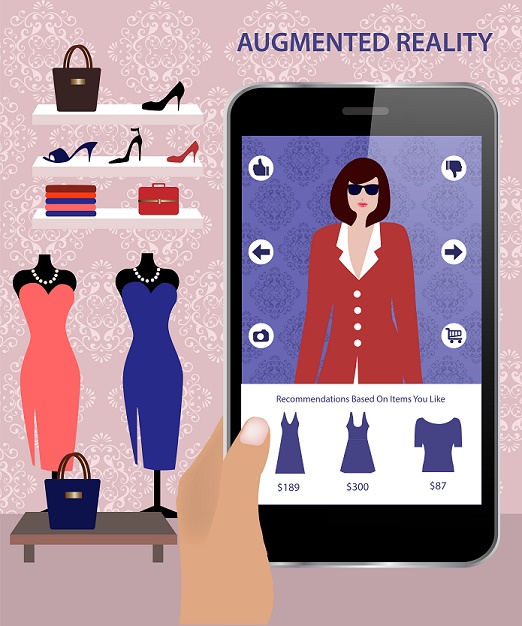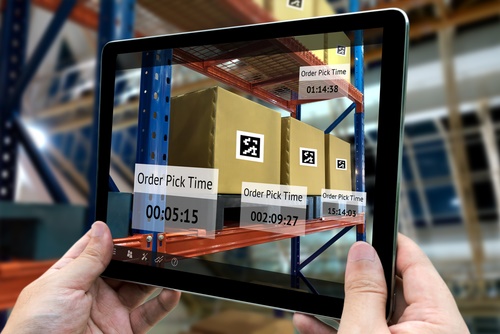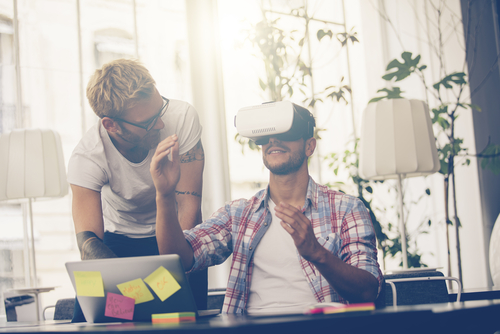How Augmented Reality Is All Set to Transform Your Workplace
Augmented Reality is a hot emerging technology that modifies a real-world plain-sight view by superimposing a real-time computer-generated sensory image, sound, video, GPS data, or graphics, in a semantic context. Through such superimposition, Augmented Reality offers a composite view of the environment and an enhanced perception of reality.
Augmented Reality is riding high on a wave of expectations, and many experts tip the technology to transform many walks of life, including the workspace, like never before. Augmented Reality blurs the line between the physical and digital realms. It brings computer-generated graphics to life, making what the employee actually sees interactive and manipulative. The potential applications are endless, limited only by imagination.
1. Better Management of Work
Augmented Reality tool such as HoloLens allows supervisors and managers to remain in better control of the situation, as they are fed with real-time information in the actual context. Instead of taking time out to analyze the situation in a computer or smartphone, they gain real-time insights in the course of their work. They can also make changes and issue instructions using hand or head movements, and voice commands.
Augmented Reality enables trial-and-error, without the usual costs and time associated with the process. An interior designer, could, for instance, use an AR headset to test color schemes, or a jewelry designer could visualize an idea and share it with the customer, before committing to make it. An architect designing a new office could view a real size hologram from all angles, to optimize the settings. A salesman could share his product line with clients in 3D.
2. Better Insights
Using AR powered glasses could offer field technicians insight into the working of machinery, annotating the parts, making explicit fluid and other levels not easily discernable, identifying parts which have failed or not working to the set parameters, and more. Overlaid animations would guide the technician on what to do next. What hitherto took specialists with considerable years of experience and training could easily be handled by a novice technician.
Lockheed Martin is already applying such technology to good effect, employing AR to aid design and make production floor personnel familiar with procedures. DHL is using similar AR technology to make sure employees load carts in the most efficient way possible.
3. Improved Productivity and Efficiency
Augmented Reality delivers optimal and accurate information, in the ideal format, at the precise time, to increase efficiency and productivity manifold. While conventional technology may bring in all details about a customer who walks in at the computer console, AR technologies bring it in front of the worker’s eyeballs. Workers no longer need to stop what they are doing to seek the required information or worry whether the information they gathered is accurate. Gestures and voice replace the inconvenient keyboard, mouse clicks or swipes.
Moreover, the field of view information offered by AR may change dynamically along with the task being performed. For instance, a worker in the warehouse may be guided to the area where a requested item is stored. In a factory, it could notify workers of resource levels or problems on the assembly line on the fly. Conservative estimates peg a 32% efficiency increase when deploying AR.
4. Enhanced Training
AR transforms training, taking it to a whole new level. It enables enterprises to speed up the training process and make it more effective.
Google Expeditions, a virtual reality platform, offers an AR overlay, already allow students to take guided tours deep into the Amazon jungle, or watch a Viennese opera. Implementing similar tools in the workplace would allow trainees to learn the basics and delve into the advanced, in double quick time, with a real feel of things. New hires could be placed in a real-world situation, and be exposed to all possible scenarios, without the disruption and risks characteristically associated with on-the-job training. Augmate’s InstructAR platform is an early step in this direction, aimed at imparting tech and manufacturing training using AR.
Hyper-training with augmented reality facilitates shorter learning curves, better-trained employees, and an all-around more efficient workplace. Boeing trainees assemble a mock airplane 30% faster and 90% more accurately using AR-animated instructions, compared to relying on PDF guides.
5. Furthers Organizational Creativity
Augmented Reality opens the doors for limitless creativity and innovation in the workplace. AR tools may be used to simulate different cause-effect scenarios, to determine an optimal course of action, without having to go through the underlying risks. In an ultra-fast business world brimming with change, such options help business drive much-needed agility and adaptability.
The potential of Augmented Reality to drive innovation is unlimited, especially when blended with employee collaboration, field tests, and presentations. AR can immerse a remote team, bringing employees together from across the globe in a way that feels more real than ever before, boosting collaboration at a global scale.
Augmented Reality also helps enterprises devise innovative ways to effectively deal with contingency scenarios, such as how best to tackle hazardous workplace conditions, how to plan for a contingency such as a live wire falling to the ground in the construction industry, guiding the workforce on protocols in the eventuality of emergencies such as a fire, and much more. AR can take the remote workforce further than existing tools can.
6. Deepen the Engagement
Marketers leverage AR in many innovative ways, from embedding a product brochure with personalized messages to offering a snap preview of a new location, and more. Blippar, a New York-based advertising company has taken the lead in offering augmented reality games with everyday objects, offering ample scope to deepen customer engagement. One innovative Pepsi ad allows users to aim a ball to a goalpost with their eyes, and “kick” it with a quick gesture. The rich data collected on customer habits and behaviors are spin-off benefits.
While AR technology has been in existence for some time now, growth has been sluggish over the years, mainly owing to the limitations in enabling technology. The popularity and easy availability of wearable devices have however changed the scenario, and AR is all set to go mainstream in the near future.
Augmented Reality is all set to enter the boom phase. IDC estimates shipping 99.4 million Augmented Reality headsets by 2021, a tenfold increase from the 10.1 million shipped in 2015, indicating a compound annual growth rate of 58%.
As the adage goes the early bird catches the worm. Your business will surely be better off by introducing Augmented Reality technologies for both internal and external facets of operations. When you partner with us, you can leverage our highly skilled, talented, and experienced team to develop state of the art, cutting edge AR solutions. Get a free consultation.
Stay up to date on what's new

Recommended Posts
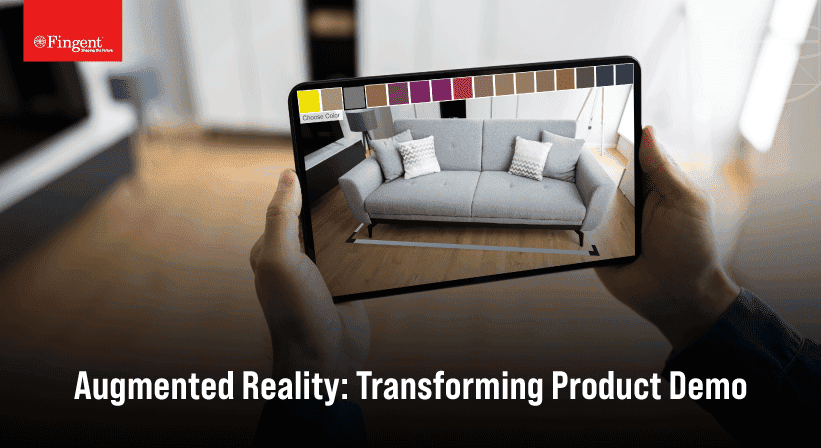
04 Aug 2023 B2B
Augmented Reality: Taking Product Demos To A Whole New Level!
In the fast-paced world of business, where attention spans are shrinking and competition is fierce, a successful product launch can make all the difference. You've invested countless hours refining your……
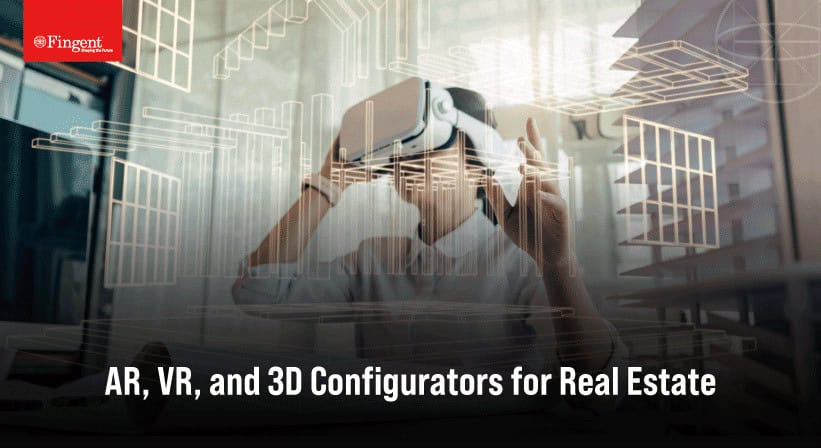
08 Jul 2023 B2B
AR, VR, and 3D Configurators for Real Estate
The implementation and development of immersive digital technologies such as Artificial Intelligence, Augmented Reality, Virtual Reality, Machine Learning, and 3D Configurators have drastically changed the way the world works. These……
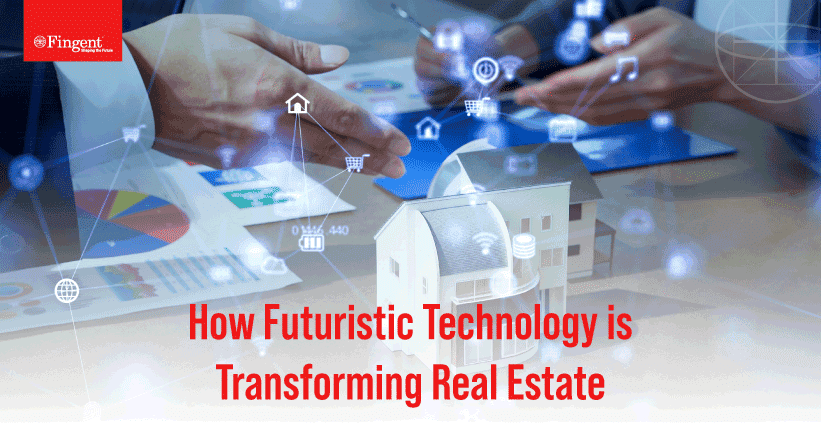
23 Feb 2023 Real Estate B2B
Futuristic Technologies Transforming The Real Estate Industry!
According to a 2020 report, 58% of real estate brokers have a clearly defined digital strategy, a figure that represents a 6% increase from the two previous years and thus……

24 Oct 2022 B2B
Providing Seamless Customer Experience with Technology
Customer Experience – Two words that could make or break your business. Today, customers expect businesses to provide nothing short of an excellent customer experience whenever and however they shop.……
Featured Blogs
Stay up to date on
what's new



